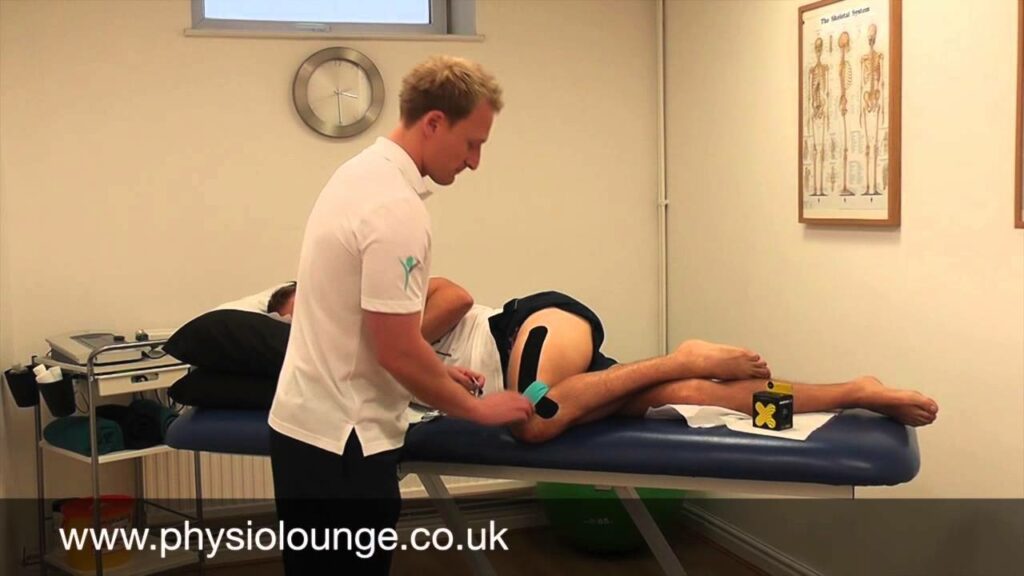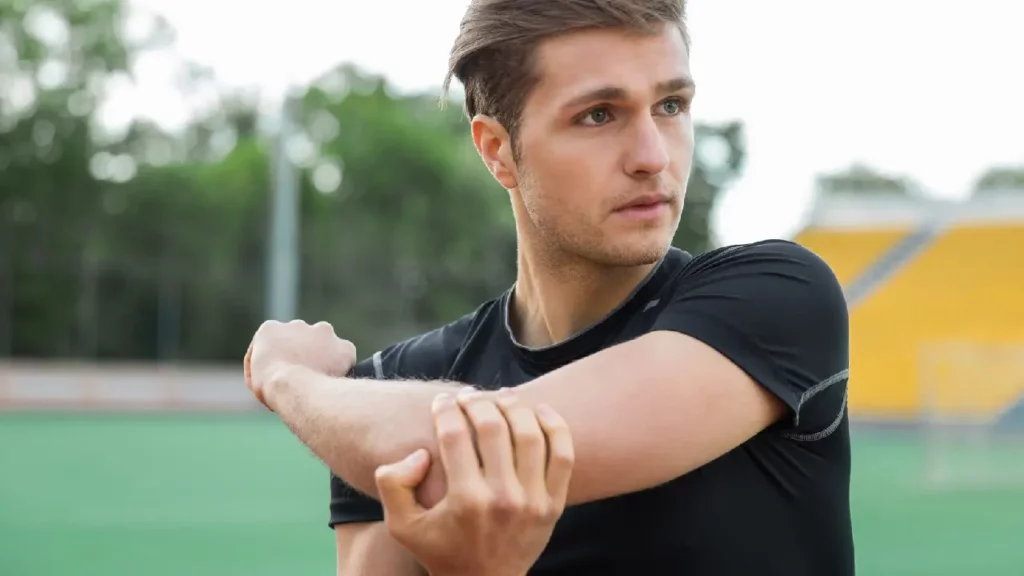1. Not warming up
The warm up is one of the most important parts of the workout and should be viewed as an opportunity to prime the body, improve some weaknesses and get yourself ready for the session ahead. A common theme in the gym when people are warming up is getting on the treadmill or exercise bike for 10 minutes and ‘getting the blood pumping’…. Stop! Think about your session ahead and how you can optimise yourself for the forthcoming exercises. For example… lets take a warm up for a leg session. The majority of people struggle with hip mobility, posterior chain strength, upper back weakness and thoracic rotation, so include these in your warm up! Now we don’t advocate an hour-long warmup but 10-15 minutes preparing yourself goes a long way! An overhead squat is a great way of identifying where your restrictions are on that articular day so you can make your war up specific.

2. Poor exercise selection
A common theme we see with gym goers getting themselves injured is attempting exercises that are too advanced, the ‘sexy’ stuff like heavy back squat or clean and press. But you have to earn the right to perform these exercises before you can start stacking up the weights. The classic example of this is lower back injuries from deadlifting and squatting. The deadlift/squat are big complex movements that can place excess strain on the lower back for a host of reasons, the most common issues are weakness in the glutes/hamstrings (posterior chain), poor hip mobility and poor upper back strength. Before attempting these exercises you must master them in their more simple form in order to highlight imbalances and weakness that lead to injury with heavier loads. So, if you’re new to the gym or think you may have bad form with these exercises then invest in coaching from a PT or physio to understand your current ability and even consider the more simplified variations such as a goblet squat or romanian deadlift (RDL).
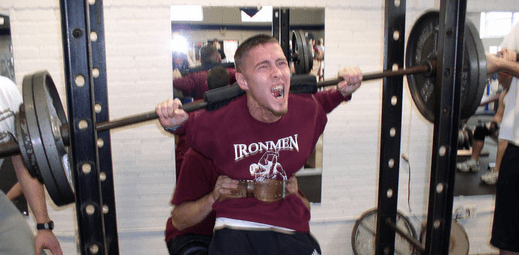
3. Not Recovering
Recovery is key in staying injury free during an exercise regime. Training places enormous strains on not only the muscles but the tendons/ligaments, the nervous system and even sometimes your hormonal system. In order to be fully functioning we need to ensure we fully recover before going again. The key signs of ‘overtraining’ (essentially not recovering) are;
• Poor sleep
• Increased soreness after training
• Fatique
• Mood swings
Now the difficulty lies in prescribing the means of recovery on a blog post such as this as its so specific to each individual. Some people are genetically gifted and can hit the weights hard every day with minimal recovery strategies in place. Sadly, most of us are not like this. Simple rules to go by are;
• Take at least two rest days a week
• Move daily (walk, swim, cycle, stretch, mobilise ect.)
• Ensure nutrition is optimal for your goals (see a nutritionist)
• Warm up
• Listen to your body, if you’re sore then take another rest day.
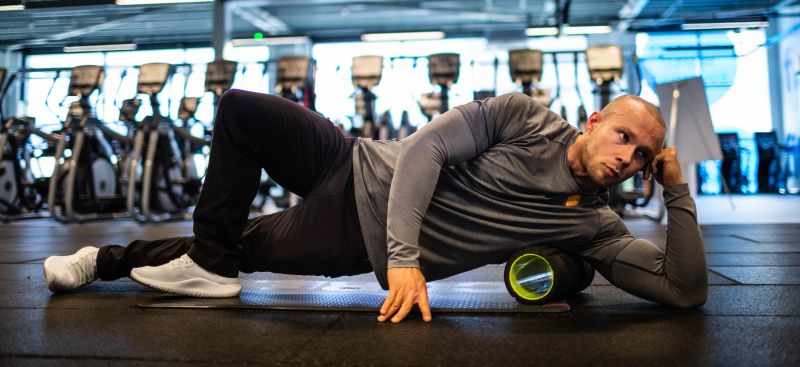
4. Ego lifting
Now this one is all too common, throwing 100kg on the bar and struggling through 5 partial range bench press reps with your spotter basically doing the last 2 reps for you not only looks ridiculous, it also more than likely places excess strain on areas such as your rotator cuffs, AC joint and places you at risk of a Pec tear. Do your exercises through their full range of motion, ensure your form is spot on and then you can increase the weight. BUT… if either your form goes bad or you start doing partial repetitions that means the weight is too much and you need to decrease it.
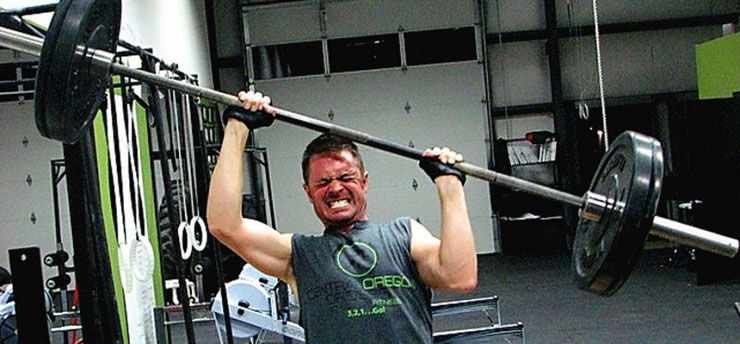
5. Focusing too much on specific muscle groups
Arms… Need I say more? Most guys who started their fitness journeys in their mid teens probably lived for two days, chest day and of course… arms day. I am ashamed to say I was no different. Now the glaringly obvious issue with this is the muscle imbalances caused by over training these specific areas but I am going to tell you why. In my opinion the upper back is one of the most important areas of the body, not only does it protect the neck and shoulders but being strong here just makes everyday life so much easier. Sadly if we start off neglecting this area it could potentially always be weak compared to the surrounding areas. The pecs are internal rotators of the shoulder joint, this stretches the upper back muscles, lengthening them and further inhibiting their function. The short head of biceps attaches to the scapular and when this gets stronger then the upper back it can also aid in ‘rounding the shoulders’. This position places huge strain on the rotator cuff and even the traps, its essentially a shoulder injury waiting to happen. The best way around this is to ensure you have balance to your training, especially if you are just starting out. The majority of evidence out there suggests for most beginners a 3 day a week Full Body training programme is optimal. For advice on what’s best for you consider a biomechanical assessment with us at the Physio Lounge.
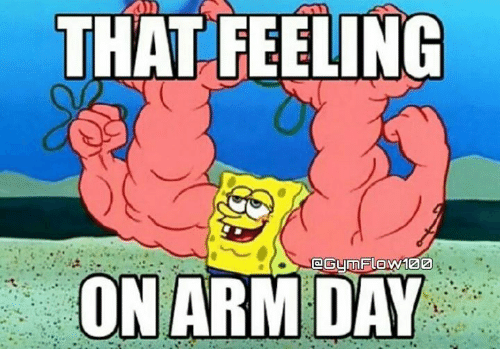
Wrap up
So in summary make sure you implement a specific warm up and select exercises that are at the right level for you to perform with excellent technique and don’t forget to recover between sessions to avoid future injury.


